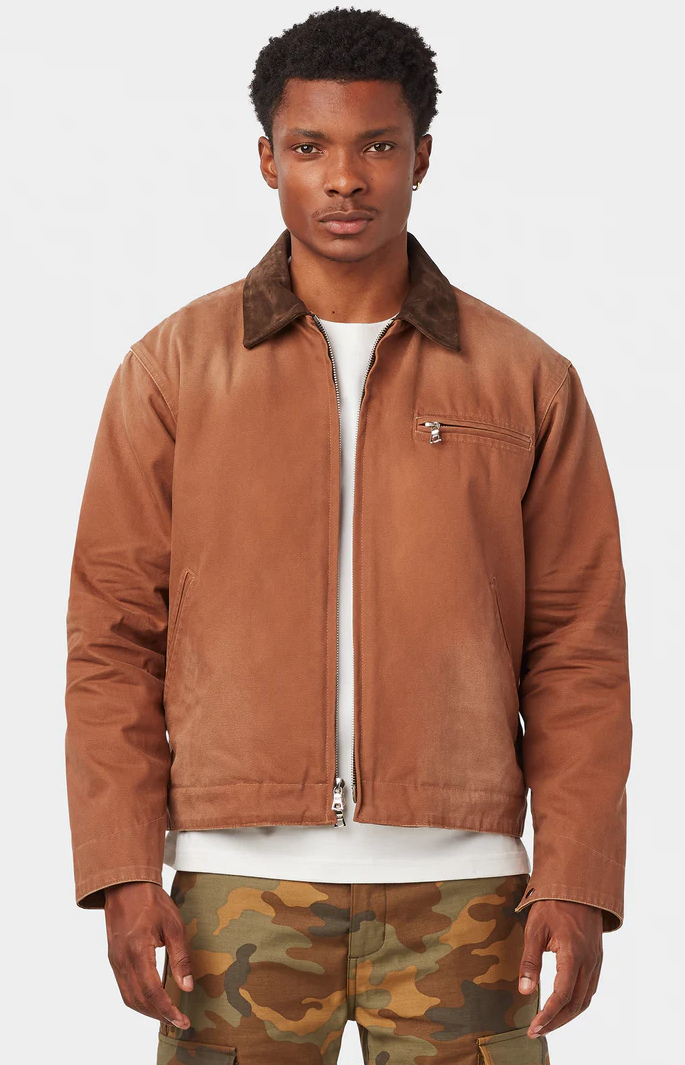- Joined
- Jan 8, 2008
- Messages
- 10,132
- Reaction score
- 5,714
[/spoiler] Thanks for the info, pros. This is definitely an amateur job, and as I said a professional cobbler would absolutely be able to do it better. I just wanted to experiment, and anyone considering following my example should pay careful attention to what DW and Nick have said. I have some carnuba wax that I use for polishing my pipes. Maybe I'll think about a way to apply some of that for better protection, though I know it won't achieve the same results as DW's process.
I hope you understand that I meant no criticism...just thought you might like to take some of these factors into consideration.



